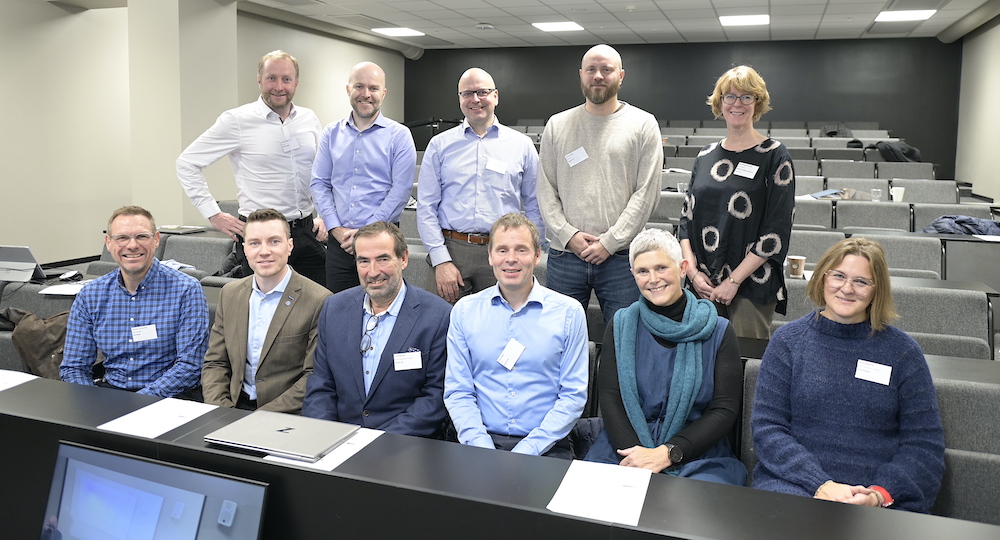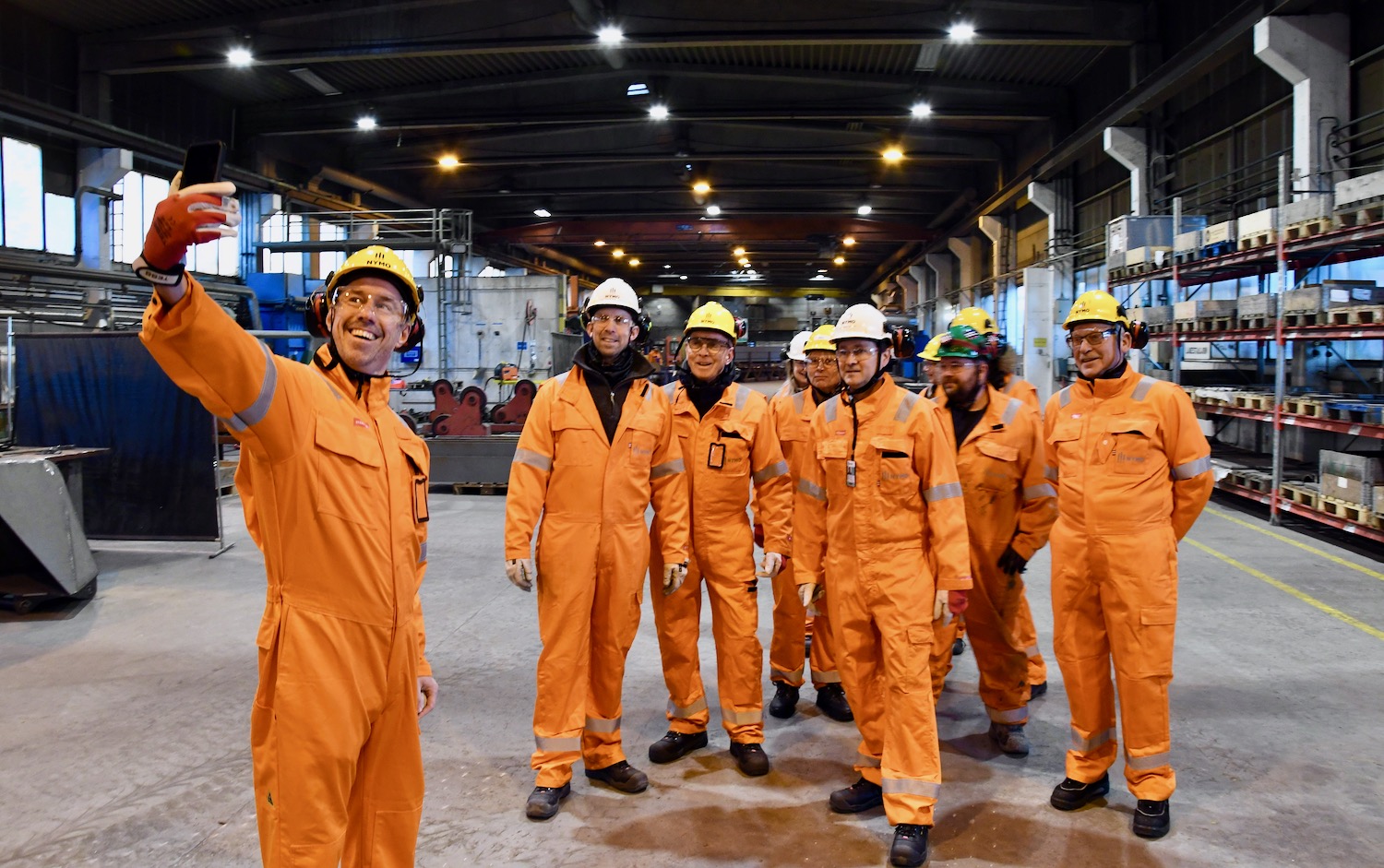“Waste heat is the world’s largest unexploited energy source. And unlike other renewable energy projects, waste heat recovery does not come at the expense of nature and creates no conflicts”, says Christian von der Ohe.
With this introduction, the RD&I Manager at GCE NODE set the stage for a mini-seminar on waste heat and high temperature heat pumps organized by GCE NODE and Eyde Cluster. More than 40 people came to learn about the latest in technology for improved utilization of surplus thermal energy.
One of the key enabling technologies is heat pumps. According to Rolf Iver Mytting Hagemoen, General Manager of the Norwegian heat pump association Norsk Varmepumpeforening, state-of-the-art industrial heat pumps have unique abilities to utilize waste energy from industrial processes.
“Heat pumps in the industry have been around for more than 100 years. In recent years, there has been massive research into technology that can improve the efficiency, eco-friendliness and application areas of heat pumps. Today, heat pumps are the most cost-effective means of saving energy,” said Hagemoen.
HIGHER POWER PRICES
In Norway, it is estimated that heat energy corresponding to 20 TWh is released into the air or water every year. The estimate for EU is 100 times higher.
“The process industry in Agder has approximately 5 TWh of surplus heat. For decades, the industry has worked hard to reduce this number by improving the processes and reuse surplus energy internally. Two main barriers for using surplus heat remain: most of the surplus heat is low in temperature and/or “hard to catch” if the temperature is higher,“ says Stine Skagestad, Head of Circular Economy in the Eyde Cluster.
She adds: “Using heat pump technologies, the temperature of waste heat can be easier to use both internally and in industrial symbiosis around the plants.
According to Mytting Hagemoen, investments in heat pump technology is increasingly profitable, due to rising electricity prices and stricter requirements for energy saving.
“Today, heat pumps can capture waste heat, cost-effectively boost output temperature for reuse, or make use of the heat in new circular production processes. For companies, this translates to money saved. For society, electricity can be used for other purposes and we need less fossil energy sources,” said Mytting Hagemoen.
GOOD SUPPORT SCHEMES
Marit Sandbakk, Senior Advisor at Enova, made it clear that the reuse of excess energy is the most effective measure for energy saving in Norwegian industry today. Which is why Enova offers support schemes for any companies willing to make such investments.
“So far, Enova has supported 6,300 energy recovery projects. Several of our programs involve projects for waste heat. We provide grants for pilots and preliminary projects on immature technology solutions. We also have schemes that meet investments in mature technology within waste heat,” said Sandbakk.
RAPID TECHNOLOGICAL DEVELOPMENT
Rising energy prices and public funding schemes have accelerated technology development within waste heat recovery. At the seminar, several suppliers of industrial heat pumps presented their solutions. New heat pumps that, in cascade systems or in combination with other heat cycle machines, can boost temperatures to ever higher levels are being introduced. In combination with other energy sources, such as geothermal and solar energy, heat pumps can play an important role by delivering higher output.
“Research is speeding up, but we still have much to learn. The next step is to establish more demo sites in industry facilities, in order to test out new systems, said Christian Schlemminger, Research Scientist at Sintef.






